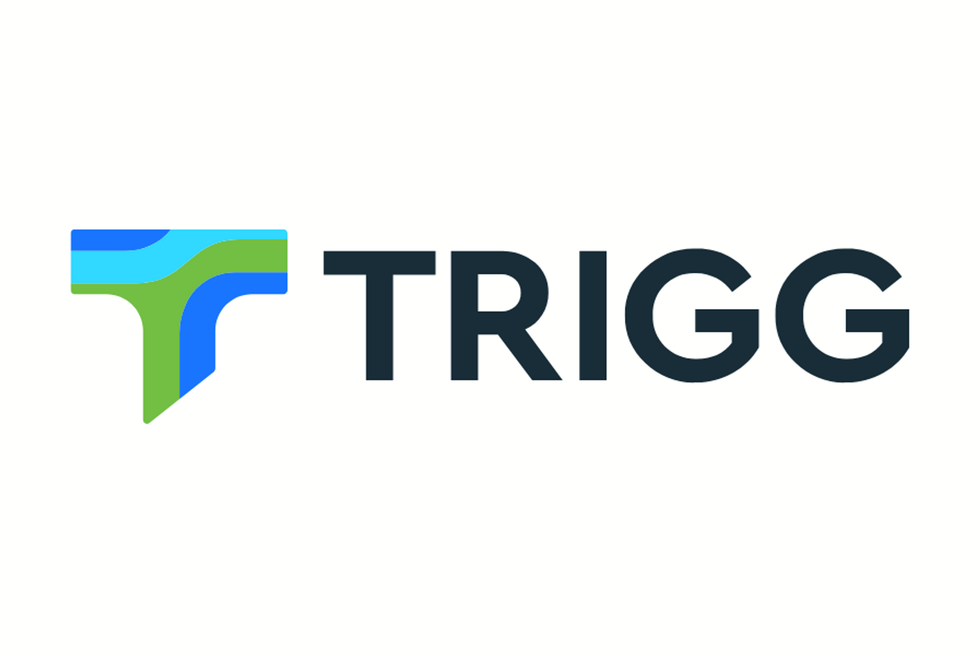A Russian gold company the size of Goldcorp could be formed now that Russian billionaire Mikhail Prokhorov has sold a stake in the country’s biggest gold miner.
MINING.com reported that a combination of Polyus Gold (LSE:PGIL) and Polymetal International (LSE:POLY) is a likely outcome of last week’s news that Russian billionaire Mikhail Prokhorov is selling a 37-percent stake in Polyus to an unnamed group of investors selected by billionaire Suleiman Kerimov’s Nafta Moskva, which holds a 40-percent stake in Polyus.
Kerimov tried unsuccessfully merge the two firms last year. If he succeeds this time, the resulting company will be the world’s fifth- or sixth-largest gold producer (on par with Canada’s Goldcorp), with over 2.7 million ounces predicted for 2013, according to MINING.com.
Polyus made headlines this week when it announced that its gold output in 2012 rose 12 percent, to a record 1.68 million ounces — exceeding production targets by 5 percent and bucking the trend plaguing major gold producers like Goldcorp and Barrick Gold (NYSE:ABX,TSX:ABX), which have both struggled to bring projects online.
It expects its 2012 gold sales to rise a whopping 22 percent, to $2.8 billion, compared to $2.3 billion a year ago.
“The record double-digit growth rate achieved in 2012 came as a result of … exceptional performance delivered by our largest mines, Olimpiada and Blagodatnoye, and steady improvements at Kuranakh,” Polyus said in a statement.
The company also said it may hike its 2013 output by 7 percent, to between 1.7 and 1.8 million ounces, due to rising production in Russia.
Meanwhile, Polymetal also announced that it produced significantly more gold in 2012 than in 2011 — 1.06 million gold-equivalent ounces, which is 31 percent more than it put out in 2011 and 6 percent better than its original guidance. The news prompted the precious metals miner to announce a possible disbursement of a special dividend at the end of the year, adding to this month’s payout of US$0.50 per share, which cost the company $191 million, Reuters reported.
Polymetal is on track to pour 1.2 million ounces this year, notwithstanding the risk of a 5-percent shortfall due to delays at one of its facilities, the company said.
Gold rises on continued hopes of money printing
The gold price added over $18, or 1 percent, Wednesday on poor economic news from the United States; that points to continued stimulus on the part of the US Federal Reserve. The yellow metal was changing hands for $1,681 an ounce after the release of economic data showing that the US economy shrunk 0.1 percent during the fourth quarter of 2012; the Fed’s statement that it will continue buying Treasury bills and bonds worth $85 billion a month due to “downside risk to the economic outlook” also contributed to the uptick.
By Thursday, however, Wednesday’s gains were erased, with the precious metal down over $20, to $1,660 midday, as gold traders sold and took profits. Spot gold closed at $1,664 on the last day of the month, while gold futures (April delivery) last traded down $17.80 at $1,663.90. On a monthly basis, gold in January booked losses for the fourth month in a row.
Gold, considered a hedge against inflation and currency depreciation, has doubled in value since the US Federal Reserve, under the direction of Chairman Ben Bernanke, started its quantitative easing programs in 2008. These programs are essentially aimed at increasing the supply of money in order to drive down interest rates and stimulate borrowing and consumer spending.
Indian gold traders do brisk trade as wedding season approaches
Indian bullion dealers appear to have stepped up their gold trading last month in anticipation of the hike in the gold import duty announced on January 21.
Mineweb reported that bullion traders “cornered most of the precious metal in the first three weeks of the month,” clearly hedging their bets on what will happen after the customs duty on gold imports rises from 4 percent to 6 percent.
Traders also seem keenly aware of India’s wedding season, which begins next week and continues until May, and is considered the most lucrative time of the year for the gold trade as families purchase gold jewelry to mark weddings and other auspicious occasions.
US produced less gold and silver in 2012
Production of gold and silver in the United States was down last year even though the total value of minerals produced in the US was up for the third year in a row, according to stats from the US Geological Survey (USGS).
The USGS reported the value of all minerals produced at $76.5 billion in 2012 versus $74.8 billion in 2011, with gold, copper and aggregates comprising the top three sectors. However, US mines only produced 230 tons of gold last year, compared to 234 in 2011, and 1,050 tons of silver, versus 1,120 tons in the prior year.
Ghana starts refining gold, China to offer ETFs
Two countries reached milestones this week in the way they handle or vend gold. Ghana, Africa’s second-largest gold producer, will begin refining gold for the first time since mining began in the country over 100 years ago, Bloomberg reported, beginning with state-owned Precious Minerals Marketing. The country is aiming to add domestic value to its natural resources, most of which are exported unprocessed.
The Chinese government took another step toward encouraging its citizens to buy gold by introducing rules for the operation of exchange-traded funds (ETFs), China Daily reported. While no timetable for the introduction of ETFs was announced, the move is “part of government efforts to boost the development of both the gold market and the capital market,” the article states.
Gold Investing News reported last week that commodity ETFs were dominated by gold in 2012, with assets in gold ETFs totalling $146.6 billion — and representing the lion’s share of the $199.8 billion under management in commodity ETFs.
Company news
Oyu Tolgoi’s massive copper-gold-silver complex will reach commercial production by 2013, Rio Tinto (LSE:RIO,ASX:RIO,NYSE:RIO) said Thursday in response to a media report stating that the company is considering a temporary halt in construction for political reasons. ”The power is secured, first ore produced and the concentrator switched on,” Rio Tinto spokesman Illtud Harri told Reuters. “We are on schedule for first commercial production in the first half of the year.” Rio was allegedly considering halting the $6.2-billion project to protest Mongolia’s demands for a larger stake in the project and new royalty rates, Bloomberg reported.
The government of Kyrgyzstan is once again trying to force Centerra (TSX:CG) to renegotiate its mining license for its Kumtor open-pit mine, EurasiaNet reported on Monday. The former Soviet republic last year cancelled surface mining rights granted to the Canadian gold miner on accusations that the company is damaging the environment and stealing the country’s wealth. The mine has produced 8.4 million ounces of gold since 1997 and accounts for 60 percent of the Central Asian republic’s industrial output.
Bloomberg reported that AngloGold Ashanti (NYSE:AU) expects to overshoot costs for its Tropicana mine by 13 percent. The company blamed an overheated Western Australian construction market, along with extreme skill shortages and higher labor costs, in explaining the new estimate of between AU$820 million and $845 million. In 2010, the mine’s capex was estimated at $775 million.
Junior company news
On Monday, Atacama Pacific Gold (TSXV:ATM) released a preliminary economic assessment (PEA) for its Cerro Maricunga oxide-gold project in Chile. The PEA targets annual production of 298,000 ounces over the first five years of a 10-year mine life. The Toronto-based company said the project is “globally one of the largest oxide gold projects under consideration for development.”
Guyana Goldfields (TSX:GUY) filed a technical report relating to its Aurora gold project in Guyana. The report outlines an open-pit, underground operation that will yield 194,000 ounces per year over a 17-year life of mine, with 231,000 ounces produced on average in the first 10 years.
Meadow Bay Gold (TSX:MAY) announced that a resource estimate has been completed for its Nevada-based Atlanta gold project. The company said it has more than doubled the resource since acquiring the property two years ago.
Securities Disclosure: I, Andrew Topf, hold an equity position in Goldcorp.
Related reading:






